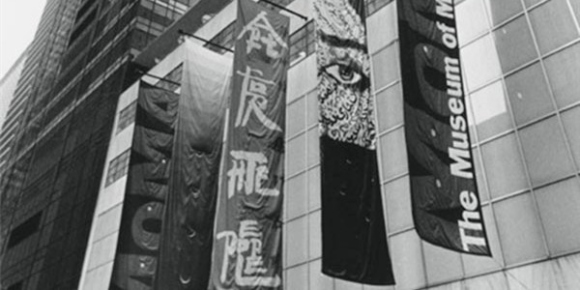
What kind of talent is needed for art institutions that desire to go global? Can you talk about the qualifications required in such talents?
For a museum to be truly global—that is, both to collect art internationally and to create an international exhibition program—museums need international expertise. Their programs must be designed by curators who are knowledgeable about art from all the regions of the world that the museum wants to represent. It is important for an international museum to develop networks of contacts in other countries, so that it has access to expertise outside the museum if there is no specialist curator on its own staff.
What are the common themes curators in China and in Western countries share? And how do they vary? What are the gaps that need to be bridged in order to make each other heard?
The leading curators in China have international experience, and I do not think there are significant differences between the types of exhibitions they present and the shows seen in other countries. They organize both exhibitions of individual artists, broader historical shows, and exhibitions focused on more limited historical periods. I have certainly seen shows in China that could be presented in American museums without significant changes. It would be useful at this stage in the development of Chinese museums for more Chinese curators to develop international knowledge, either by studying or working in other countries.


















































